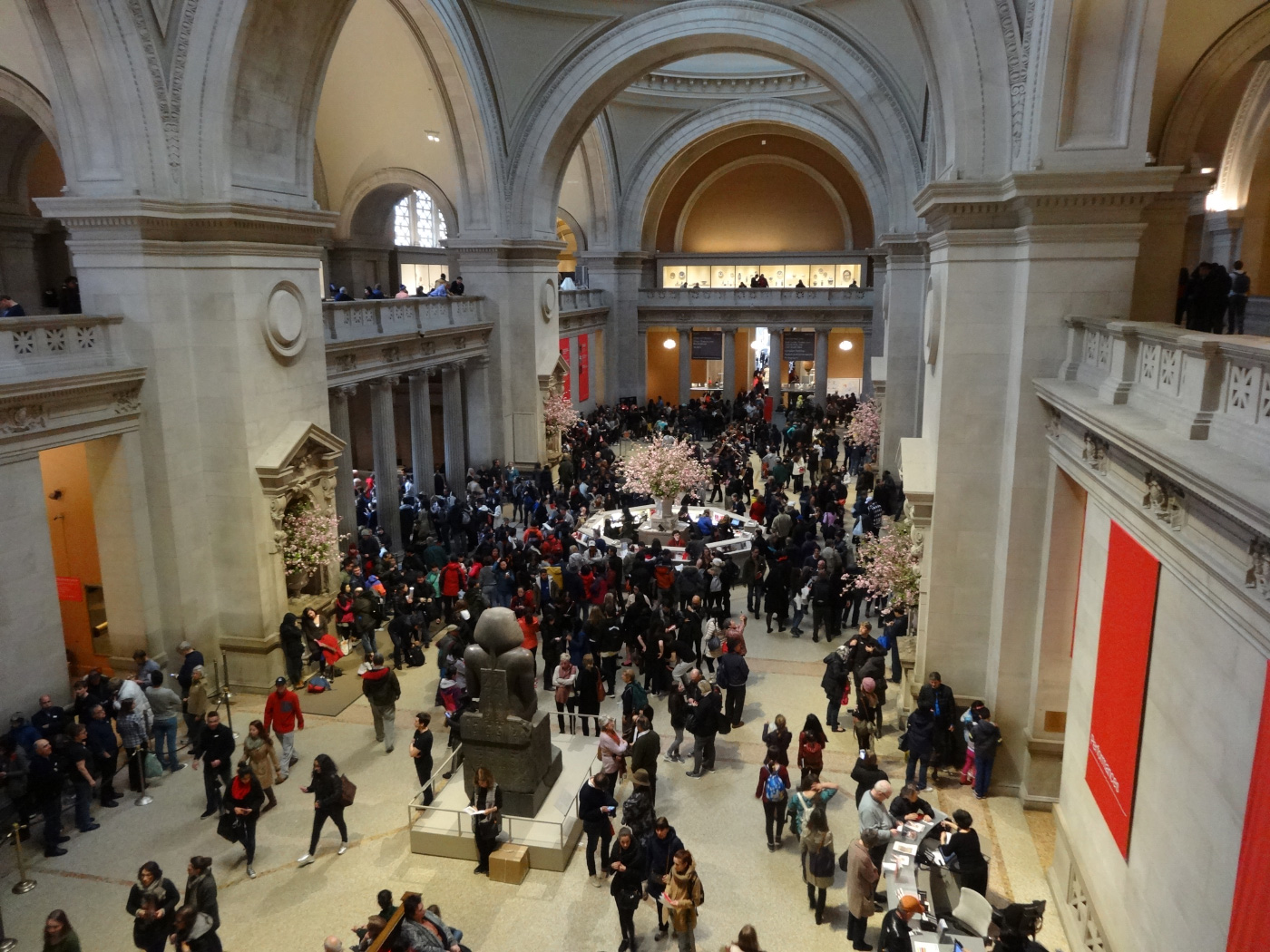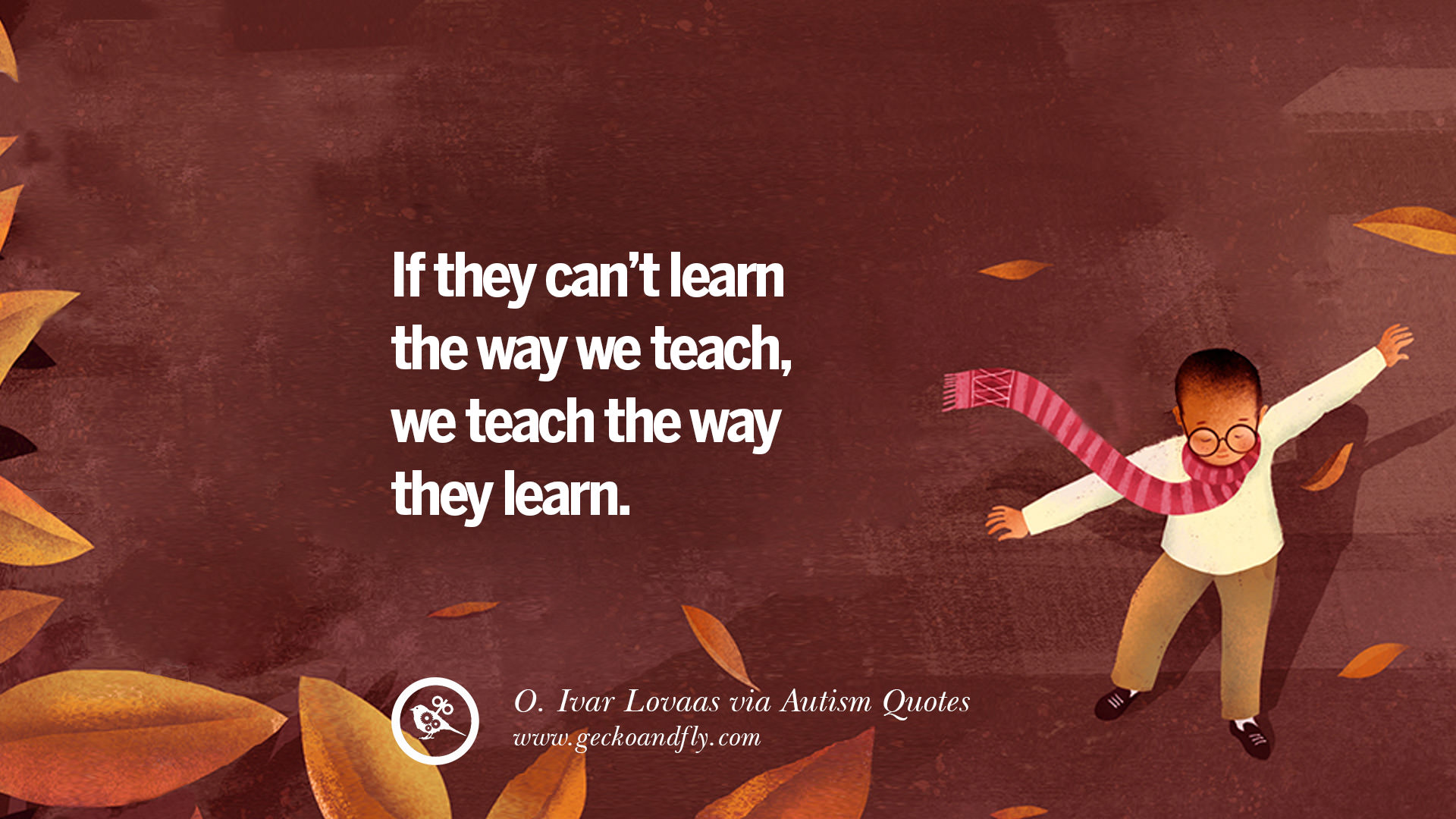For this blog I decided to do research on co-creating with third graders. Once I started, I realized that I needed to narrow down my concentration. Being a student from Texas and someone who had previously interned at a museum I had some idea on what museums needed to do to co-create with third graders. Especially using the Texas Education Agency code of Character Trait Education.

Development of Third Graders
Age range: 8-9
- Complain about fairness issues
- Love vocabulary and language play
- State things as negatives: “I hate it,” and “I can’t”
- Be a concrete learner, but increasingly will be able to deal with multiple variables
An eight-year-old can/will:
- Work quickly with a limited attention span
- Need physical release of energy
- Be highly social
- Create friendships
- Cooperate and work well in groups
- Overestimate abilities and bite off more than they can chew
- Exhibit resiliency and bounce back quickly from mistakes
- Listen attentively but will be so full of ideas that they will not always be able to recall what has been said
- Enjoy explaining ideas in detail
- Begin to master basic academic skills and feel a sense of competence with cognitive skills
A nine-year-old can/will:
- Be industrious and impatient
- Be more coordinated
- Push themself to physical limits
- Be aloof
- Create exclusive friendships
- Be competitive
- Want to choose work partners
- Be discouraged easily
Learning Theories
Below are some learning theories that I studied to determine where third graders are mentally. This should be used by museum educators to have a sense of the age group they are co-creating for.
Cognitive Growth -Jean Piaget

Concrete operational stage: Generalizing from concrete formal instruction and informal experiences
Erikson’s Psychosocial Development Theory

- Competence
- Industry vs. Inferiority
- Can I make it in the world of people and things?
- Skills & social acceptance
Discovery Learning -Bruner

- Symbolic Stage
- Thinking and talking in abstract term; knowledge in the form of words, symbols, music and language
STAAR: State of Texas Assessments of Academic Readiness
“STAAR is the state’s testing program and is based on state curriculum standards in core subjects including reading, writing, mathematics, science, and social studies. STAAR tests are designed to measure what students are learning in each grade and whether or not they are ready for the next grade. The goal is to ensure that all students receive what they need to be academically successful. Meeting these individual student needs depends greatly on schools, parents, and community members working together.“
The STAAR test is not introduced to Texas students until they are in third grade. This gives museum educators some insight into where Texas third graders should be intellectually.
What is positive character trait education?

“Character education introduces students to character traits and personal skills that empower them to be good citizens who are trustworthy, responsible, and caring. The character traits and personal skills reflect positive beliefs, attitudes, and mindsets; provide opportunities for self-reflection; and permit students to apply effective strategies to make decisions, solve problems, and behave responsibly.” -Texas Education Agency
“The Texas Education Code (TEC) §29.906 states that the State Board of Education (SBOE) shall integrate positive character traits and personal skills into the essential knowledge and skills adopted for kindergarten through grade 12, as appropriate.” -Texas Education Agency
- Did your school district incorporate something similar?
- Do you think this would be beneficial to include in your home state? Why or why not?
- Any critiques?
There actually has been some backlash from parents on this new education code. according to Kimberly Reeves, a reporter from Spectrum News 1-Austin, Texas. In her article she talks about how parents are against the new law on character education in schools and that parents say it is their job to teach character traits. Not the job of schools. To learn more, click here: https://spectrumlocalnews.com/tx/south-texas-el-paso/news/2022/04/18/conservative-parents-protest-character-education-in-texas-schools
How to Co-Create
- They are curious
- Create an inviting space
- Third graders are not little kids, they’re not quite upper elementary students, and they’re far from middle schoolers. That means they still love their teachers and school and aren’t afraid to show it
“Modeling and practice for sure,” says third grade teacher Cathy T. Third graders are increasingly developing their independence, but they still need modeling (and lots of it)! Plan to model, and model again during the whole group, then be ready to step in with more modeling during centers or small-group work.
“Games with rules help children think in multiple steps,” says Ellen Frede, co-director of the National Institute for Early Education Research in New Brunswick, New Jersey, and an associate professor at the College of New Jersey. “Discussing and negotiating rules also teaches them about give and take, and how to live in a democracy.”
Should museums in Texas incorporate positive character trait education? Museums in general? Are they already?
- Informal learning environment
- Relieves stress off teachers
- Helping them fulfill requirements
- For the common good of the classroom and community
- Place for students to thrive behaviorally and academically
What museums are doing the work?
In this section I will introduce three museums (from best to least) that are incorporating character trait education. Some are intentionally incorporating it while others are not as noticeable.
Holocaust Museum Houston
Mission: Holocaust Museum Houston is dedicated to educating people about the Holocaust, remembering the 6 million Jews and other innocent victims and honoring the survivors’ legacy. Using the lessons of the Holocaust and other genocides, we teach the dangers of hatred, prejudice and apathy.
This museum has a program called the Educator in Motion program (EIM). This program is FREE and sends museum educators to school and community groups to provide educational programming on the Holocaust, human rights, and active citizenship.
One of their programs, Building Upstanders, “provides readings and guided discussion, students examine the powerful impact kindness, empathy, and inclusion can have and the importance of using our voices to stand up for others. This program includes an art project in which students brainstorm actions they can take to become an Upstander. This program is best suited for grades Pre-K-3.“

The Witte Museum
Mission: The Witte Museum adheres to its Mission to inspire people to shape the future of Texas through transformative and relevant experiences in nature, science and culture. The Witte’s Vision is to be the preeminent center for relevant content and engaging experiences in environmental science, STEAM, and cultural stories to shape the future of Texas by empowering all people to create an extraordinary life.
Provided below are two programs from the Witte that mention character traits in their program descriptions. This is why this is the second-best museum example.
Programs:
- Dignity of Work: South Texans at Work
Taking Care of Texas


The DoSeum
Mission: Through joyful learning and discovery, The DoSeum Experience grows curious minds, connects families, and transforms communities.
It was hard to find programs from this museum that strongly spoke of character traits. Nor is it specific to third graders.
Below is a description of one of their programs called Artists Workshop:
Artsy smartsy! Join us every Sunday from 3-4 pm for our Artist workshop, designed for learners ages 6 years and older. During these workshops, DoSeum educators will lead Guests through artistic projects that may include known artistic techniques, art in STEAM, and self-expression. Your artist will learn great studio habits, such as caring for their artistic tools, embracing challenges, talking about their work, and exploring new materials.

Resources
Museum Links:
- https://www.wittemuseum.org/programs/?grade=3
- https://hmh.org/education/programs-and-curriculum/educator-in-motion/
- https://www.thedoseum.org/daily-programming
Texas Education Links:

















